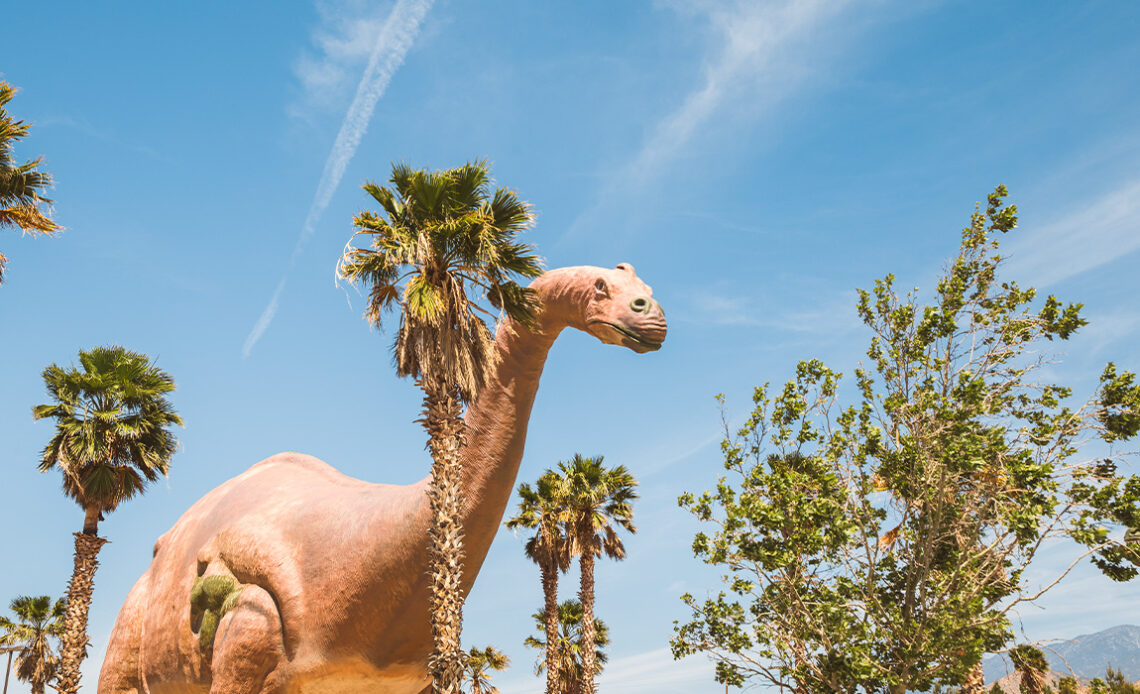
Can you guess when roadside attractions became popular? If you said the 1920s, you’re correct. The reason being with the advent of long-distance automobile travel these attractions popped along America’s roadways to entice travelers to stop for a while. While some were created to advertise what was being sold, others were natural phenomena and others just quirky oddities. As we move into the 9th month of the year, we thought it fitting that we highlight 9 roadside attractions:
- Lucy the Elephant (Margate, New Jersey): Standing six stories high, Lucy the Elephant was constructed in 1881 by land developer James Lafferty as a gimmick to attract people to buy his land south of Atlantic City. After that, she was an attraction for the Elephant Hotel and boasts many famous visitors from US presidents to royalty. She is now a beloved landmark and even inspired the Save Lucy committee, which was created to renovate the structure, which was completed in 2023.
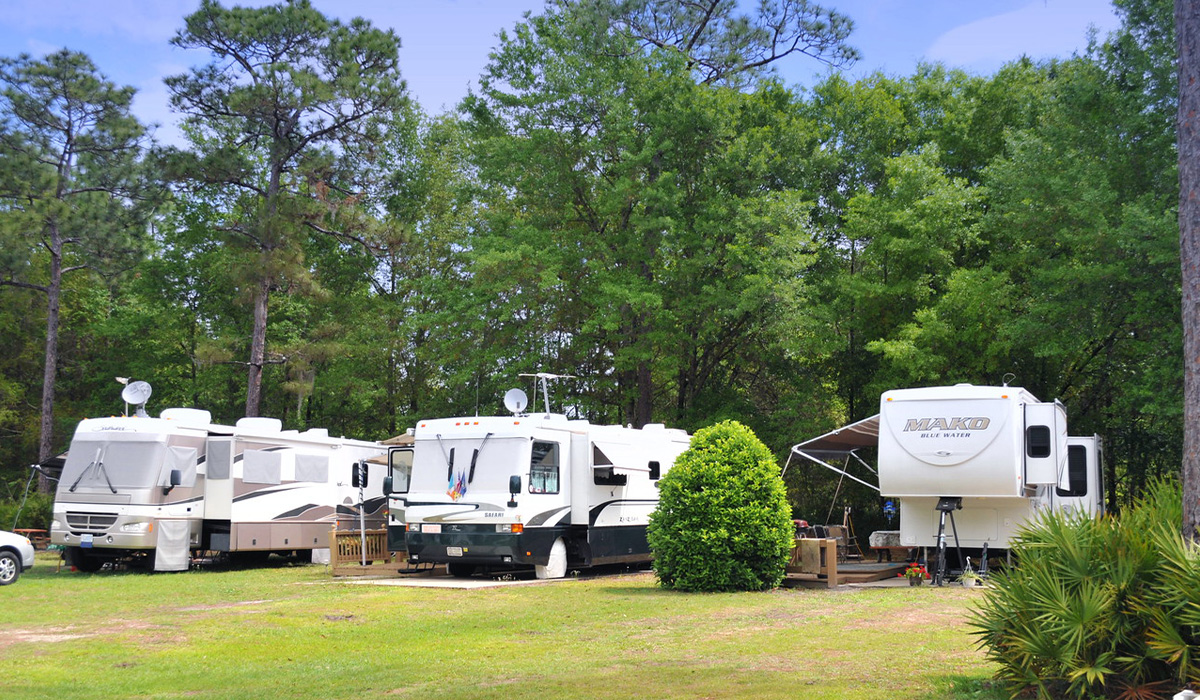
- Foamhenge (Natural Bridge, Virginia): If visiting Stonehenge, England’s monolithic prehistoric structure is on your bucket list, you may be satisfied with a trip to Virginia’s Foamhenge, a full-sized replica of Stonehenge crafted completely from Styrofoam. Originally constructed by artist Mark Cline in 2004 as an April Fool’s joke, the structure now resides at Cox Farms in Centreville, which will host the spooky fall event, Fields of Fear, beginning September 20.
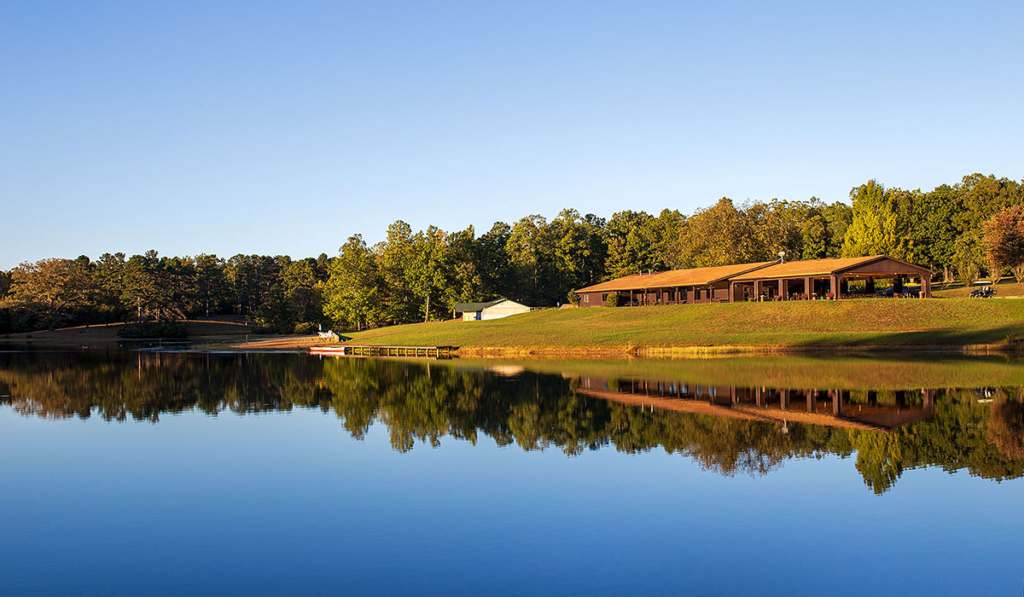
- Desert of Maine (Freeport, Maine): Woody Maine is certainly not a place where you’d expect to find a desert but there is one here. In fact, this sandy land has been attracting visitors for more than 100 years. Roughly 20-acres of rolling sand dunes are the draw, plus you can hike, visit the 200-year-old barn and just enjoy all this sand in the middle of a forest.
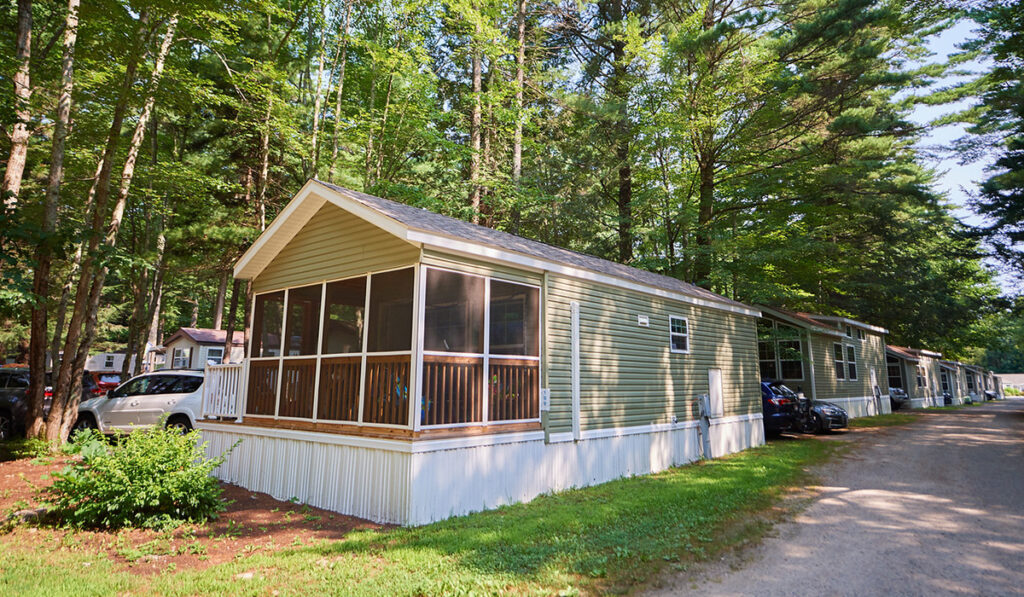
- Cabazon Dinosaur Park (Cabazon, California): A visit to this quirky California attraction may be like visiting old friends. Very old at that, and these dinos have appeared in television and films, including Pee-wee’s Big Adventure and National Lampoon’s Vacation. Typical of the purpose behind a roadside attraction, the first Cabazon dinosaur was constructed in 1964 to attract people to the Wheel Inn Cafe. Dinny the Dinosaur was followed by Mr. Rex in 1981, and both can still be seen from the roadside stretch in Cabazon.
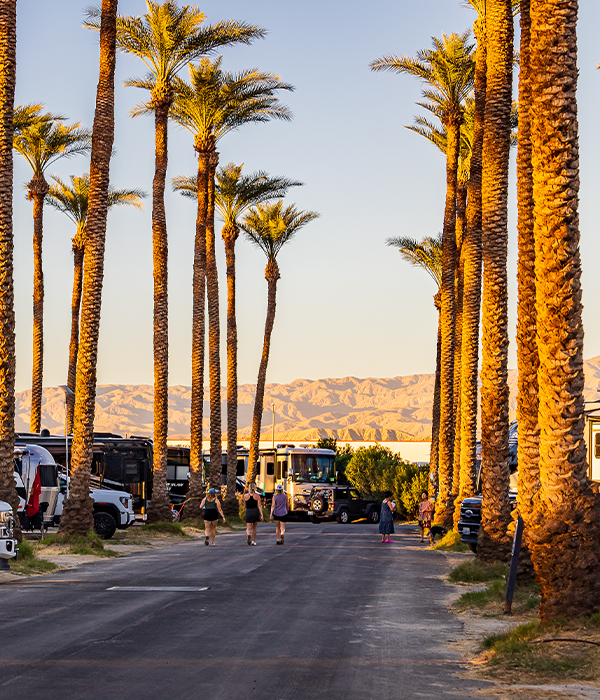
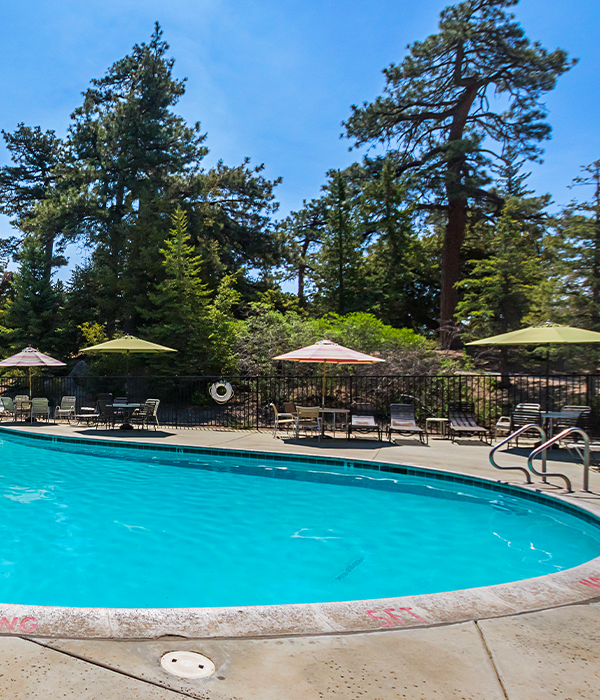
- Beer Can House (Houston, Texas): Maybe the first to jump on the recycling trend, word is that Texan John Milkovisch hated to throw anything away. So instead, he set about using empty beer cans as siding for his house. The home’s “lawn” soon became full of concrete blocks containing colorful bits of glass and the redwood fence began to incorporate marbles. Pull-tabs became curtains and whimsical art from more recycled items took their rightful place. You’ve gotta see it to believe it!
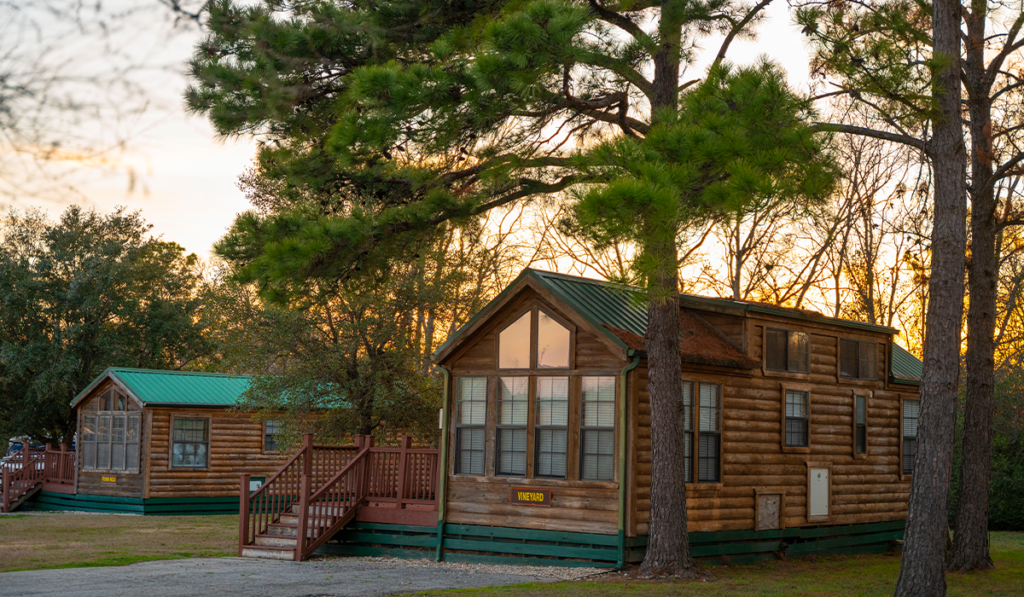
- Ave Maria Grotto (Cullman, Alabama): Located on the grounds of the only Benedictine monastery of men in the state of Alabama, the Ave Maria Grotto was constructed by Brother Joseph Zoetl, O.S.B., using basic hand tools. It contains more than 125 small stone and cement structures. Construction began in early 1932 and Brother Joseph used tile, stone, colored glass and shells to create this amazing piece of roadside Americana.
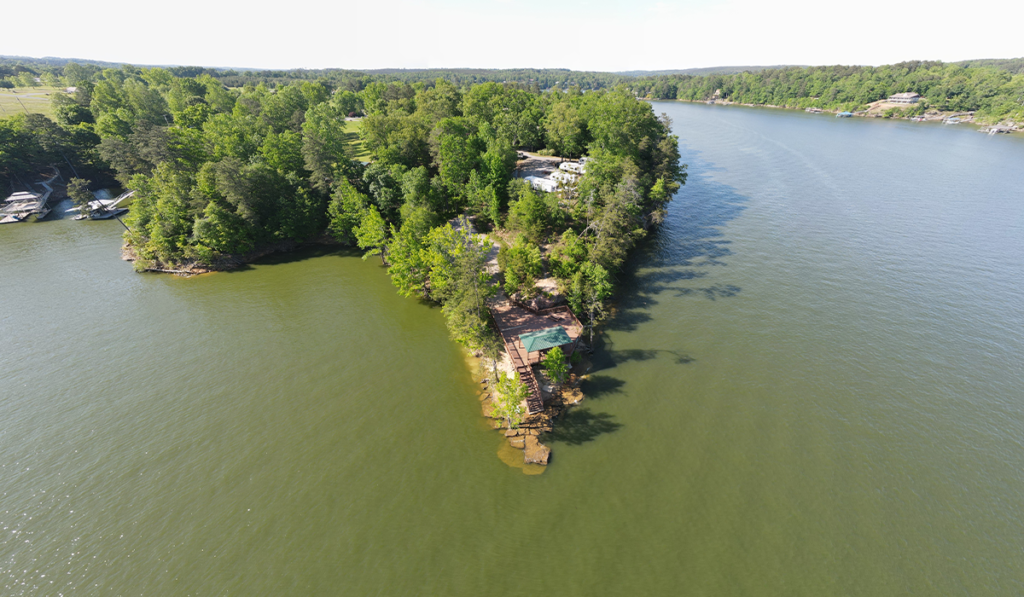
- Dinosaur World (Cave City, Kentucky): As the only outdoor museum in Kentucky dedicated to dinosaurs, this is worth a visit if you’re camping in Kentucky. The ultimate in kitsch, this piece of Americana has visitors roaming the natural setting where more than 100 life-sized dinosaurs wait around every curve. Interactive exhibits spark the imagination and may startle a few kiddies and dogs as this may well be a stop-over that is friendly to adults, kids and leashed dogs alike.
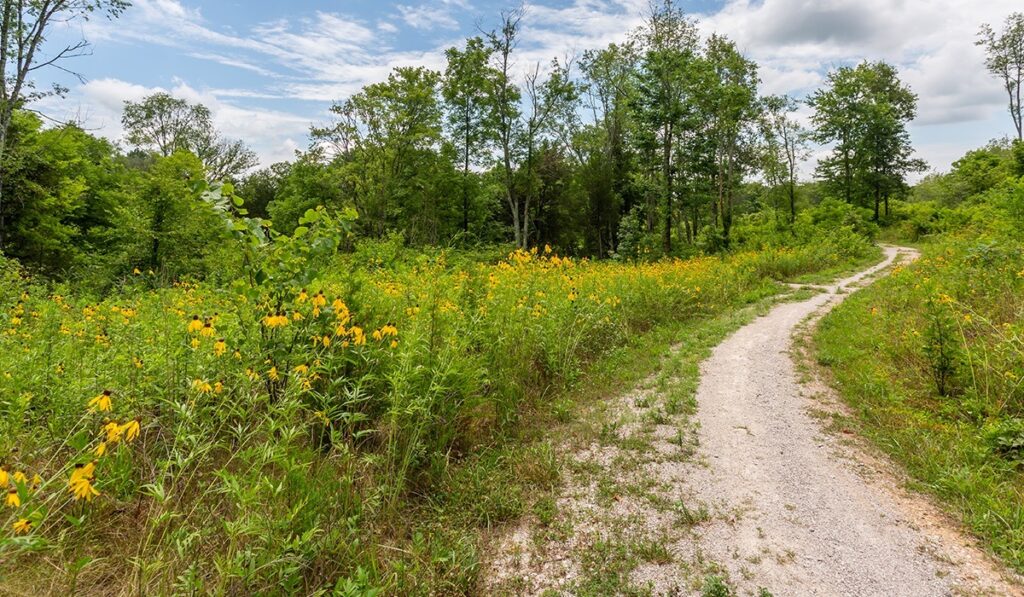
- Big John (Cape Coral, Florida): Even Big John, Cape Coral’s supermarket mascot, got a bit shorter with age. Actually, the giant man holding Big John’s grocery bags took a hit from Hurricane Ian and went down in size from 28 feet to roughly 18 feet. Still big and still worth a look if you’re in the area.
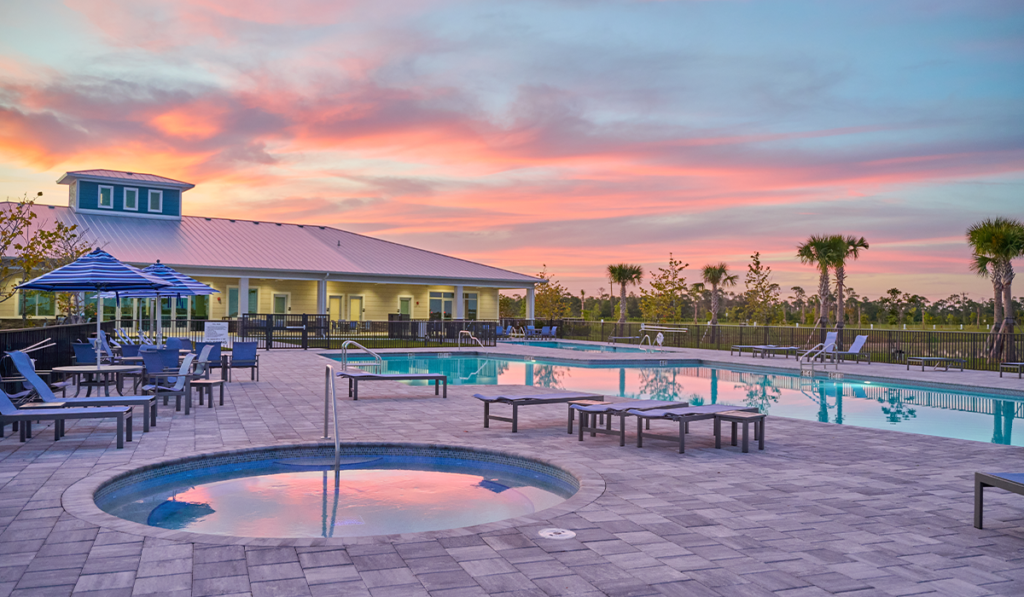
- Mills Park, Portland, Oregon: This may well be the smallest roadside attraction as well as one that holds the designation as the tiniest urban park. Located on a median strip in downtown Portland (SW Naito Parkway), the park measures 2 feet across with a total area of a whopping 452 square inches. The park was built in 1946 when a columnist at the Oregon Journal planted flowers in an unused flagpole hole and holds the Guiness World Record for smallest park in the world.
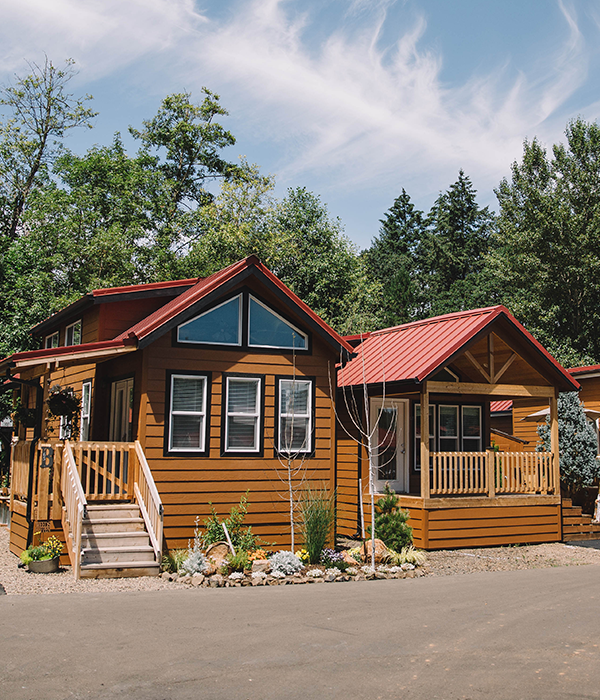
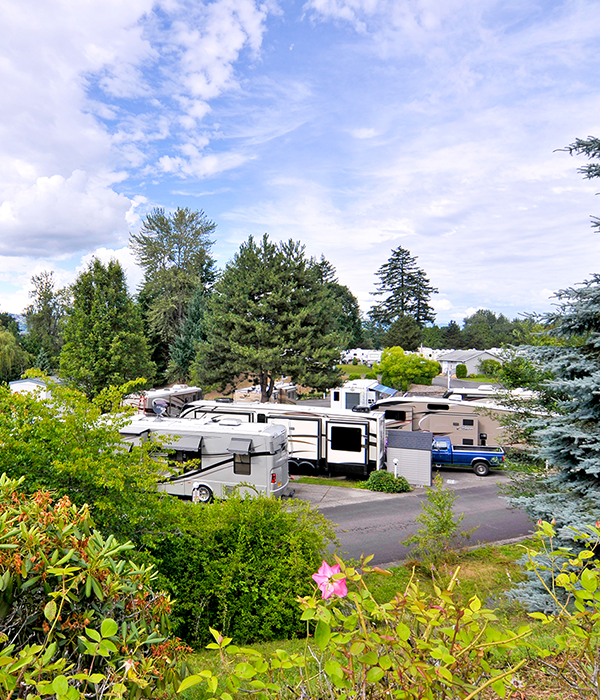
Read More
- Click here for tips on RV travel with pets
- Start your day off right with these great breakfast recipes!
- Check out these must-see creepy destinations near our campgrounds, if you dare.
- We know all the best spots for some rockin good times
- Explore the Thousand Trails Camping Pass and the Thousand Trails Cabin Pass
- Find more campgrounds at ThousandTrails.com.

